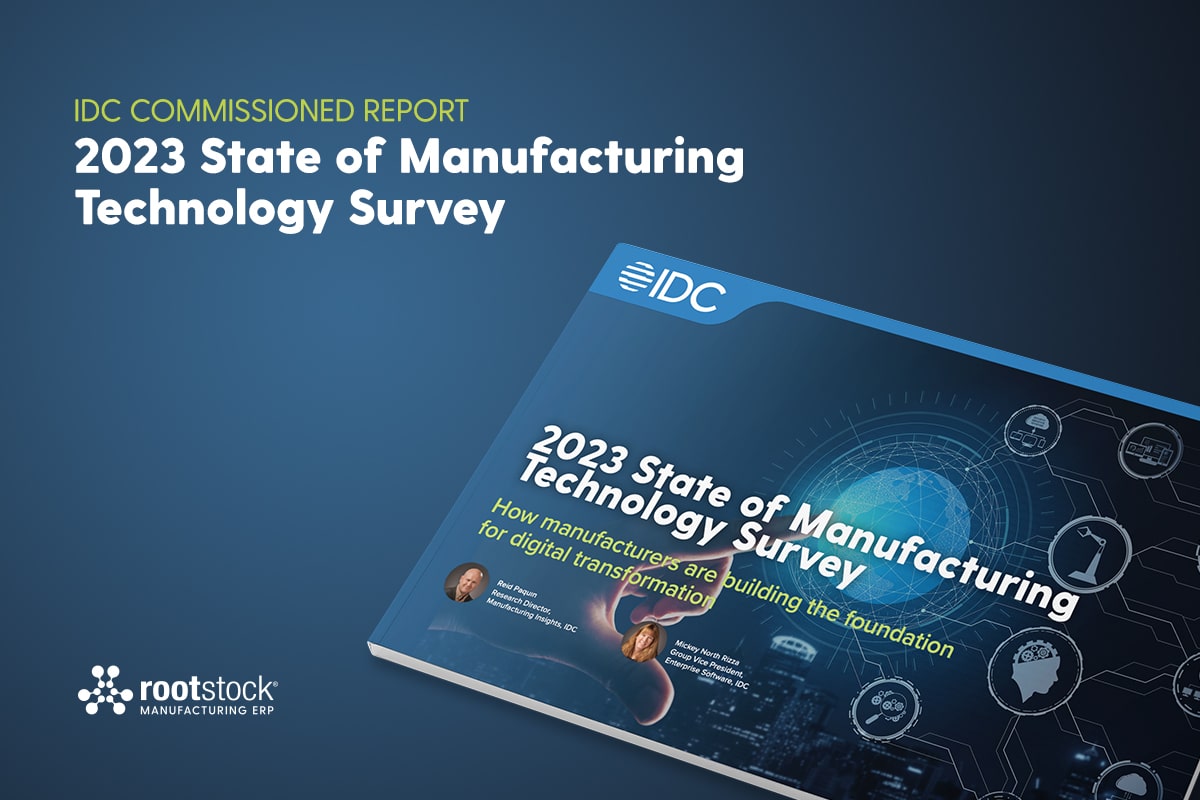Be Proactive in Addressing Supply Chain Transparency
In our last blog, we discussed how transparency is critical to uncover and manage rising levels of risk in the production and distribution of goods in the global supply chain. Since all suppliers, manufacturers and retailers must work together to help make and distribute the product, all parts in the supply chain must avoid bad publicity and litigation. Each is open to scrutiny, and only transparency can highlight possible legal, regulatory and consumer problems brewing.
The real risk in today’s manufacturing supply chain is not being proactive in addressing problems due to a lack of transparency. Mobile devices and social media can fast feed negative brand perception to consumers, business partners, news media and regulatory agencies, all of which impact a brand’s reputation. Lack of environmental compliance, political instability, corruption, and poor labor practices can all be a recipe for disaster. Building a transparent supply chain is critical to keep ahead of the curve on potential problems. Nike’s continuous denial of abusive labor practices and unmet regulatory standards in its foreign factories still haunts the brand.
Two more steps are critical to build a transparent supply chain to better manage and minimize risk. Transparency can be a complex, continuous challenge, and good mapping, monitoring and management, is a must.
Use the Maps; Close the Gaps
Transparency is not just about damage control, it is also about brand building. The right mapping tools are vital to correctly map the volume of products a company has flowing around the world. Mapping will help the supplier database by highlighting the many compliance issues, risk data, audit history, total spend, and geographic locations. By using tools such as Google Earth or 3D mapping to depict and chart all flows, a company can create a good map, revealing points of vulnerability where large volumes of product lines flow from specific suppliers.
Transparency mapping helps to visualize the global impact in the chain, locating suppliers and partners that send parts to where needed, isolating and identifying areas that might not be transparent or visible in the chain. Maps close the information gaps, and help fix potential issues or problems in high risk areas. One large manufacturer found a problem in their supply chain in Africa, where failure to locate proper water sources in and around certain facilities caused delays and problems in production. The disruption in their supply chain due to water scarcity meant increased costs, a lack of inventory and delivery delays for the product. Careful mapping isolated the areas to start the process to fix the problem gaps.
Good Management Means Good Monitoring
Continuous monitoring using transparency tools to manage and track the data flow of where things come from and where they go to, is vital to the transparent supply chain’s sustainability. It is management’s task to sustain it. Corrective Action Plan Sustainability (CAPS) is the end goal, but a Sisyphean task, and never fully done. While eliminating all risk is impossible, an on-premise, legacy Enterprise Resource Planning (ERP) system typically lacks the necessary support for creating, maintaining and monitoring effective transparency in a supply chain.
Companies have always struggled with getting data from far-flung suppliers but technological advancements, even simple ones like SMS technology, allow real-time data from on-site employees. Compared to third-party audits, new technology in monitoring and assessment tools can better deliver on quick developments. They collect data fast, and anonymously, benefiting the global operations’ due diligence they are commanded to perform by law. By quickly uncovering possible corruption, and/or regulatory disruptions, these tools deliver data that is well integrated into compliance metrics.
One multinational heavy equipment manufacturer went through the traditional transparency analysis audit and found their key supplier abroad had four fires in its factories over a three-month period. This severely impacted parts supply and production. Many more safety and brand issues were uncovered, but the analysis also uncovered more than 30 on-premise, legacy ERP and MRP (manufacturing resource planning) systems in place. With virtually no integration to or from these on-premise, legacy ERP system, this manufacturing operation was vulnerable. It is hard to identify much less close the gaps when a manufacturer still relies on older generation ERP systems developed decades ago for another era. The third-party monitoring tools and continued maintenance will be ineffective without being able to link, and use, all of the vital organizational data. Having the right solutions in place, enable supply chain management. The right Cloud ERP vendor can be a necessary expenditure. Their Cloud ERP systems are operational 24 hours a day, 365 days a year. Their well- trained, support personnel will assist in managing an effective, truly transparent supply chain, and help monitor and maintain it.
When problems in the supply chain are identified, and steps taken to close the gaps, increased efficiency and profit follow. This directly impacts customer satisfaction and better brand recognition. The ability to go from where you are to where you want and need to be is fundamental to continued maintenance of the transparent supply chain. Supply chain transparency will determine what needs to fixed, where and why.






